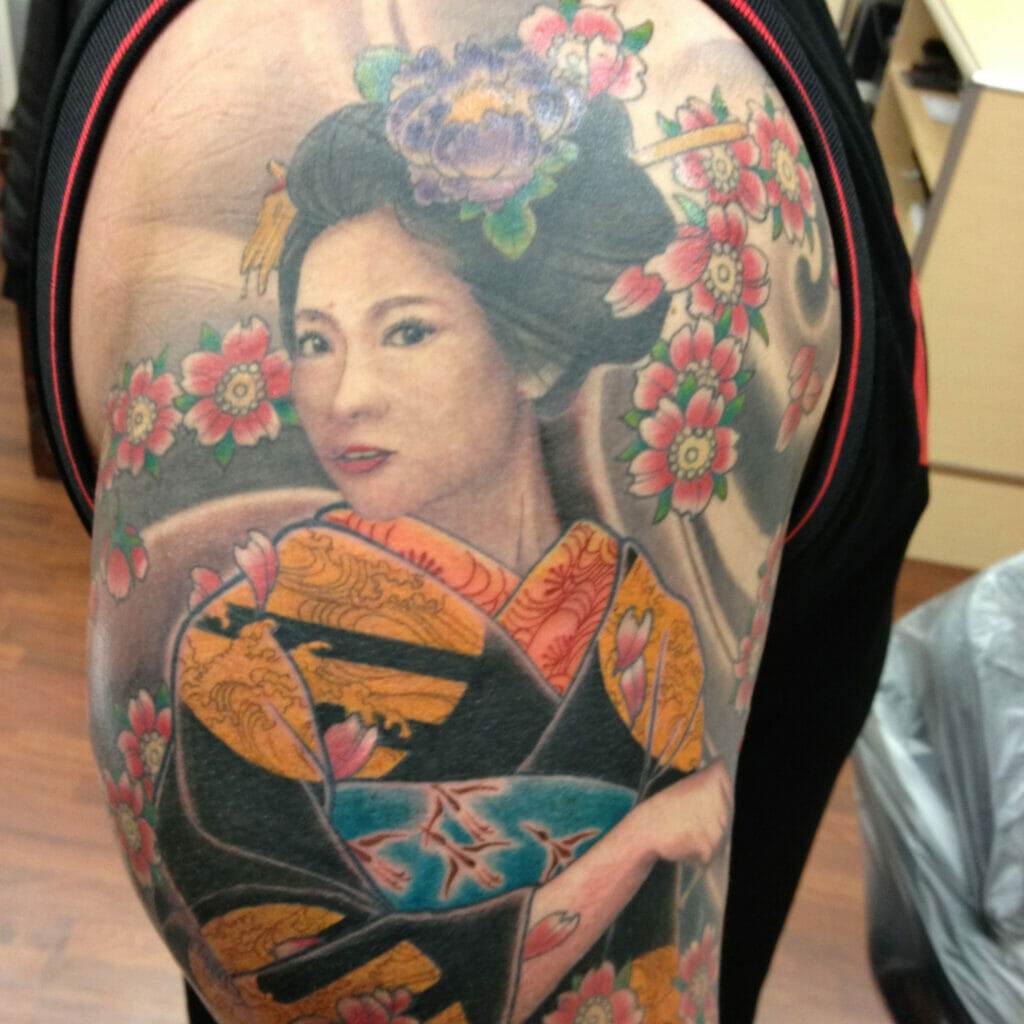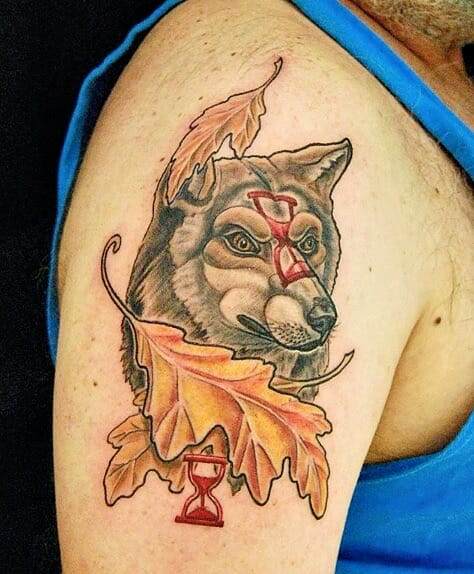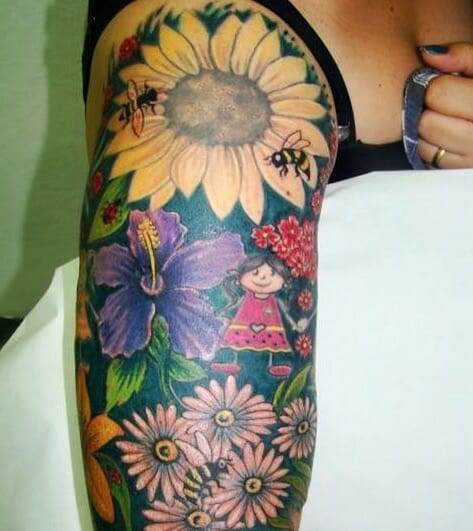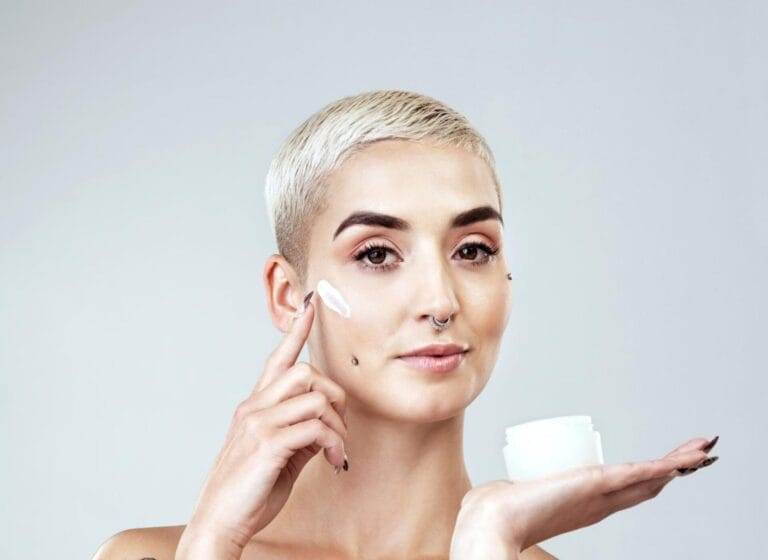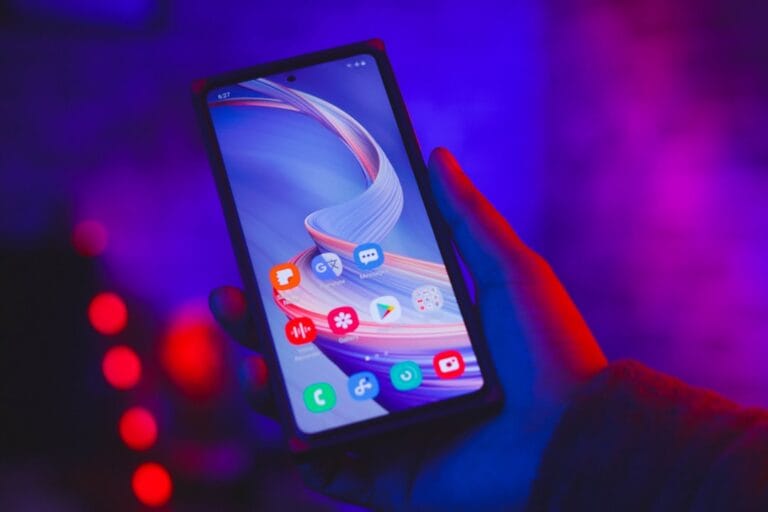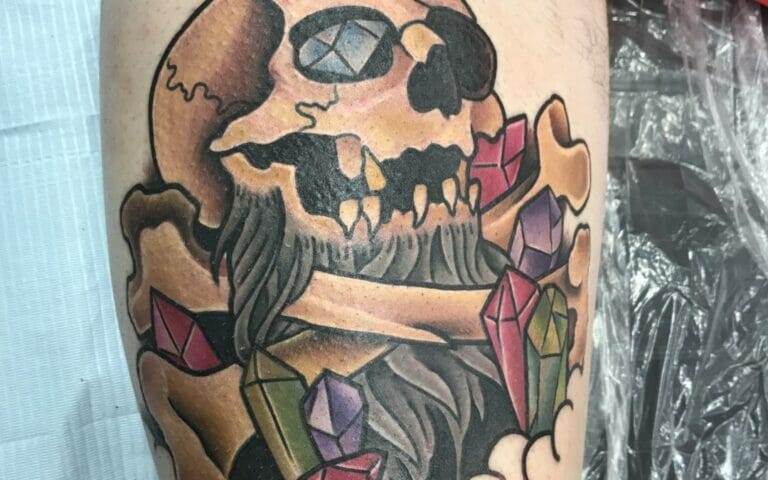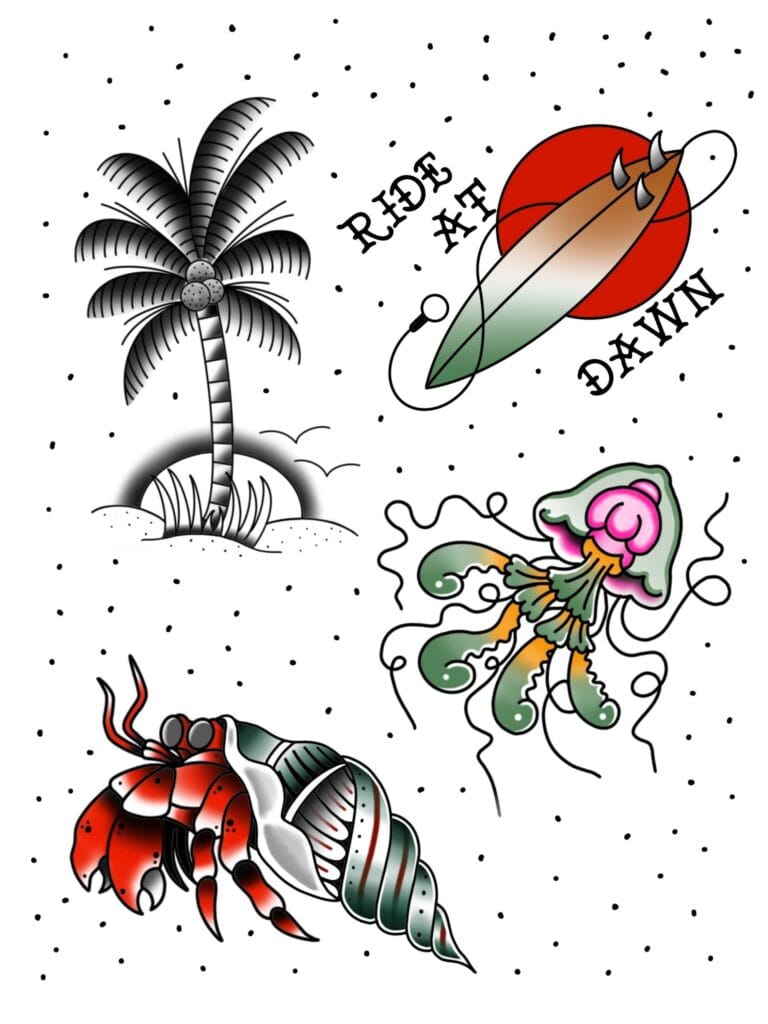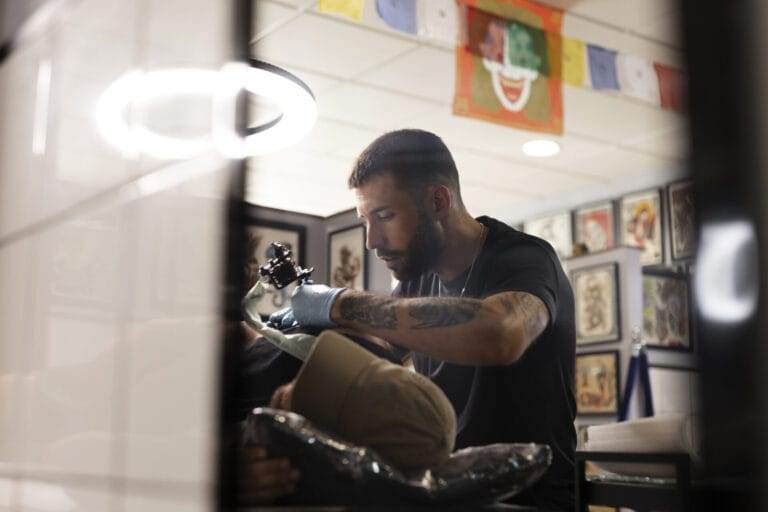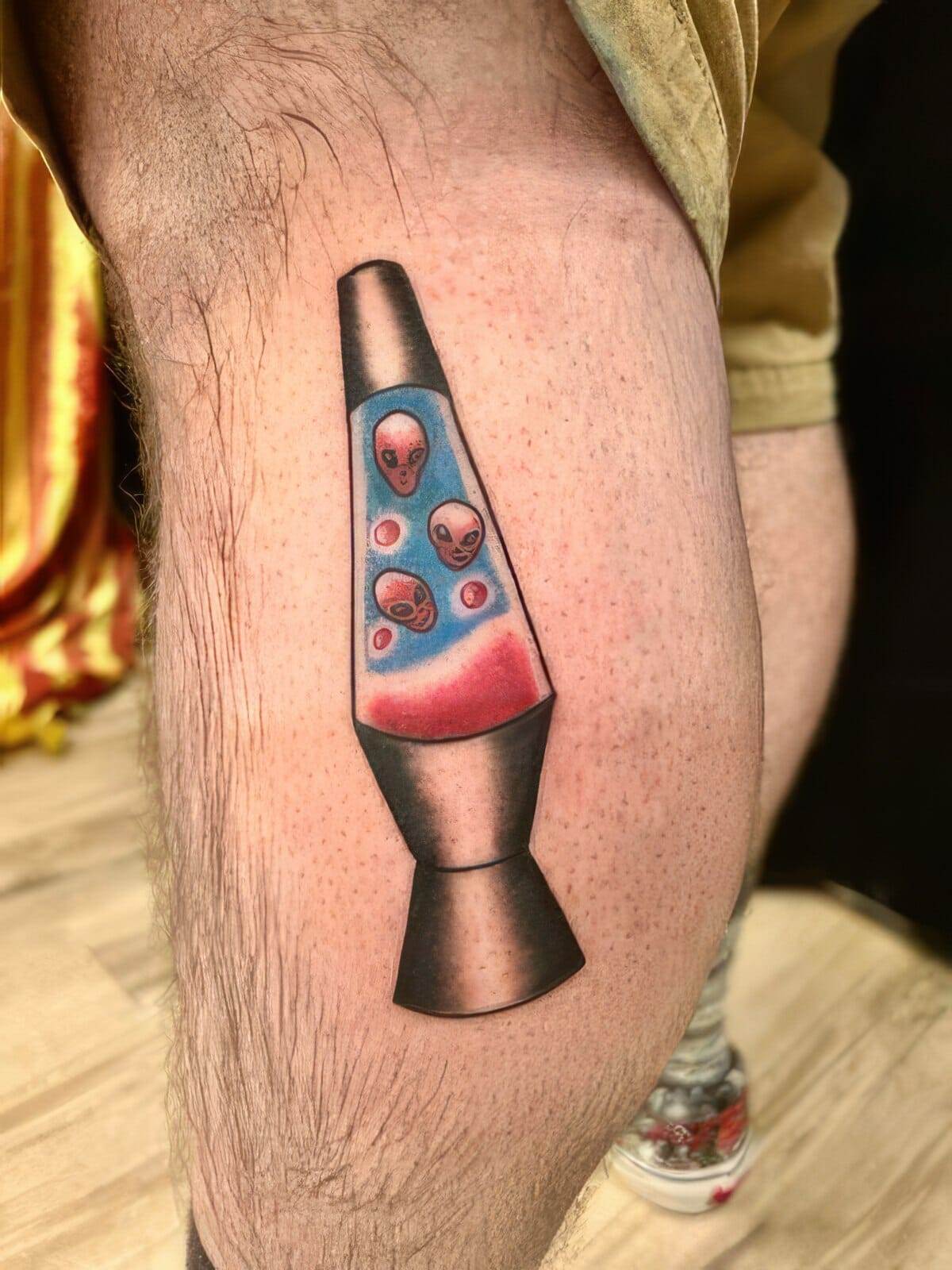
In recent years, watercolor tattoos have been gaining immense popularity in the world of body art. This unique style of tattooing has captivated the hearts of many tattoo enthusiasts, as well as those who are new to the world of tattoos. The vibrant colors and fluid brushstrokes of watercolor tattoos create a stunning and ethereal effect on the skin, making them truly stand out from traditional tattoos.
So, what is it about watercolor tattoos that make them so appealing? One reason is their ability to mimic the look of actual watercolor paintings. The soft edges and blending of colors give these tattoos a dreamy and artistic quality that is hard to achieve with other tattooing techniques. Additionally, watercolor tattoos allow for more creativity and freedom in design, as they are not bound by the traditional bold lines and solid colors of traditional tattoos.
What are Watercolor Tattoos and How are They Different from Traditional Tattoos?
Watercolor tattoos are a style of tattooing that mimics the look of watercolor paintings. Unlike traditional tattoos, which use bold lines and solid colors, watercolor tattoos have softer edges and use a more fluid application of color. This technique creates a more painterly effect on the skin, resembling an actual watercolor painting.
One of the key differences between watercolor tattoos and traditional tattoos is the absence of black outlines. Traditional tattoos often rely on black outlines to define the shapes and details of the design. In contrast, watercolor tattoos rely solely on color to create form and depth. This lack of outlines gives watercolor tattoos a more organic and free-flowing appearance.
The Unique Aesthetic Appeal of Watercolor Tattoos
The aesthetic appeal of watercolor tattoos lies in their ability to create a sense of beauty and artistry on the skin. The soft edges and blending of colors give these tattoos a dreamy and ethereal quality that is hard to achieve with other tattooing techniques. The fluidity of the brushstrokes creates a sense of movement and life, making the tattoo appear as if it is alive on the skin.
Watercolor tattoos also have a unique ability to evoke emotions and tell stories. The use of vibrant colors and delicate details can convey a wide range of emotions, from joy and happiness to sadness and melancholy. This makes watercolor tattoos a popular choice for those who want to express their emotions or commemorate significant moments in their lives.
Examples of stunning watercolor tattoo designs include delicate flowers, whimsical animals, and abstract landscapes. These designs often incorporate a mix of vibrant and muted colors, creating a visually striking contrast. The soft edges and blending of colors give these tattoos a sense of depth and dimension, making them truly stand out on the skin.
Choosing the Right Design and Placement for Your Watercolor Tattoo
When it comes to choosing the perfect watercolor tattoo design, there are a few factors to consider. First, think about what you want your tattoo to represent or symbolize. Do you want something that holds personal meaning to you, or are you simply drawn to a particular design aesthetic? Take some time to reflect on what you want your tattoo to say about you or the story you want it to tell.
Next, consider the placement of your watercolor tattoo. Since watercolor tattoos are known for their vibrant colors and delicate details, it’s important to choose a location on your body that will allow the tattoo to shine. Areas with more skin surface, such as the upper arm, thigh, or back, are ideal for larger watercolor tattoos. Smaller designs can be placed on areas such as the wrist, ankle, or behind the ear.
It’s also important to consider how your watercolor tattoo will age over time. Unlike traditional tattoos that tend to hold their shape and color over the years, watercolor tattoos may fade and blur over time. This is due to the nature of the technique used to create them. Keep this in mind when choosing a design and placement, and be prepared for the possibility of touch-ups or modifications in the future.
Watercolor Tattoo Techniques: How They are Created
Creating a watercolor tattoo requires a different set of techniques compared to traditional tattooing. The process begins with the artist sketching the design directly onto the skin using a stencil or freehand technique. Once the design is in place, the artist will use a combination of thin needles and a watercolor-style ink to create the desired effect.
One technique commonly used in watercolor tattoos is called “blending.” This involves mixing different colors together on the skin to create a seamless transition between shades. The artist may use a dry brush or a damp sponge to achieve this effect, depending on the desired outcome.
Another technique used in watercolor tattoos is called “wet-on-wet.” This involves applying wet ink directly onto wet skin, allowing the colors to blend and bleed into each other naturally. This technique creates a soft and ethereal look, similar to that of actual watercolor paintings.
Watercolor Tattoo Aftercare: Tips for Keeping Your Tattoo Vibrant
Proper aftercare is essential for keeping your watercolor tattoo looking vibrant and beautiful for years to come. Here are some tips to help you care for your tattoo:
1. Follow your artist’s instructions: Your tattoo artist will provide you with specific aftercare instructions tailored to your tattoo. It’s important to follow these instructions carefully to ensure proper healing and prevent any complications.
2. Keep your tattoo clean: Gently wash your tattoo with mild soap and lukewarm water, using your hands or a soft cloth. Avoid scrubbing or rubbing the tattoo, as this can cause irritation or damage to the design.
3. Moisturize regularly: Apply a thin layer of fragrance-free, non-comedogenic moisturizer to your tattoo to keep the skin hydrated and prevent dryness. Avoid using products that contain alcohol or fragrances, as these can irritate the skin.
4. Protect your tattoo from the sun: Exposure to the sun’s UV rays can cause your tattoo to fade and lose its vibrancy. Apply a broad-spectrum sunscreen with a high SPF to your tattoo whenever it will be exposed to the sun.
5. Avoid soaking your tattoo: Avoid swimming, soaking in hot tubs, or taking long baths for at least two weeks after getting your watercolor tattoo. Excessive moisture can cause the colors to bleed or fade.
6. Avoid picking or scratching: It’s normal for your tattoo to scab and peel during the healing process. However, it’s important to resist the urge to pick or scratch at the scabs, as this can cause scarring or damage to the design.
Watercolor Tattoos for Different Skin Tones and Types
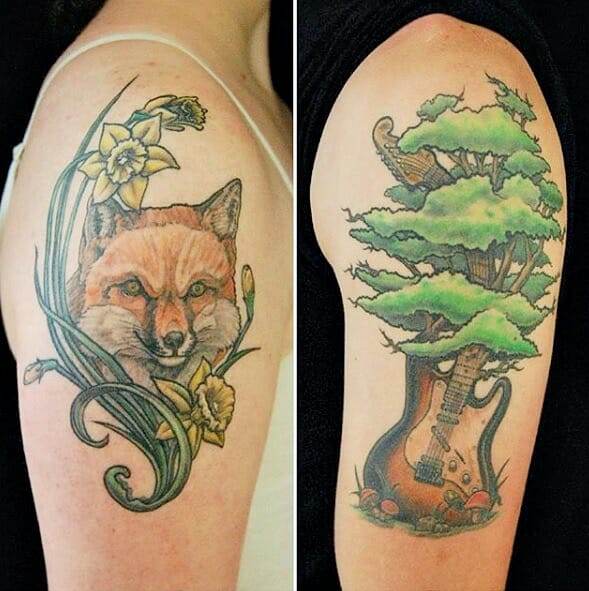
Watercolor tattoos can look stunning on a variety of skin tones and types. The vibrant colors and delicate details of watercolor tattoos tend to pop against lighter skin tones, creating a visually striking contrast. However, they can also look beautiful on darker skin tones, as the colors can appear more saturated and intense.
When choosing a watercolor tattoo design, it’s important to consider how it will complement your skin tone. Some colors may look more vibrant on certain skin tones, while others may appear more muted. It’s also important to consider how the design will interact with any existing tattoos or scars you may have.
Examples of watercolor tattoos on different skin tones include vibrant floral designs on fair skin, bold animal portraits on medium skin tones, and abstract landscapes on dark skin tones. The key is to choose colors and designs that will enhance your natural beauty and make you feel confident and proud of your tattoo.
Watercolor Tattoos for Men: Masculine Designs and Ideas
While watercolor tattoos are often associated with femininity and delicacy, they can also be a great choice for men. There are plenty of masculine designs and ideas that can be executed in the watercolor style, allowing men to express their individuality and personal style through their tattoos.
One popular choice for men is nature-inspired designs, such as mountains, forests, or wildlife. These designs can be executed in a bold and vibrant watercolor style, creating a visually striking contrast against the skin. Other popular choices include abstract or geometric designs, which can be executed with fluid brushstrokes and vibrant colors.
Examples of watercolor tattoos on men include a majestic lion with vibrant splashes of color, a realistic wave with soft edges and blending colors, or an abstract geometric design with bold lines and vibrant hues. The key is to choose a design that resonates with your personal style and interests.
Watercolor Tattoos for Women: Feminine Designs and Ideas
Watercolor tattoos are often associated with femininity and delicacy, making them a popular choice among women. There are countless feminine designs and ideas that can be executed in the watercolor style, allowing women to express their individuality and personal style through their tattoos.
One popular choice for women is floral designs, such as roses, cherry blossoms, or peonies. These designs can be executed in a soft and delicate watercolor style, creating a romantic and ethereal look on the skin. Other popular choices include butterflies, feathers, or dreamcatchers, which can be executed with soft edges and pastel hues.
Examples of watercolor tattoos on women include a delicate bouquet of flowers with soft pastel colors, a whimsical butterfly with vibrant splashes of color, or a dreamy moonlit landscape with soft blending colors. The key is to choose a design that resonates with your personal style and represents something meaningful to you.
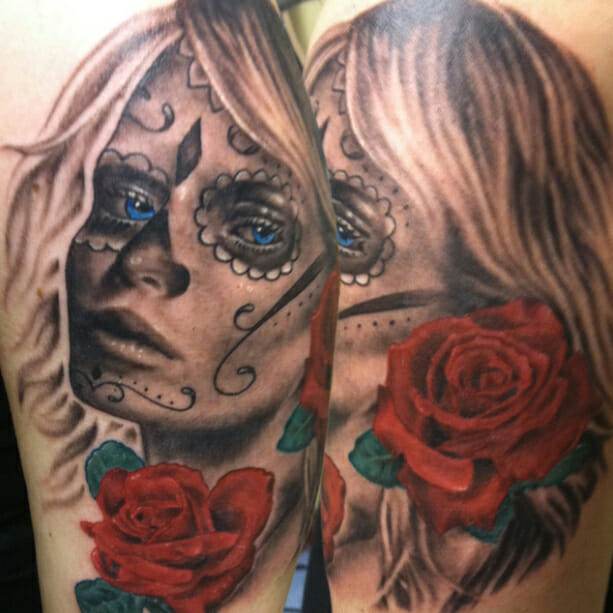
Is a Watercolor Tattoo Right for You?
In conclusion, watercolor tattoos have become increasingly popular due to their unique aesthetic appeal and ability to mimic the look of actual watercolor paintings. The soft edges, blending colors, and fluid brushstrokes create a stunning and ethereal effect on the skin, making them truly stand out from traditional tattoos.
When considering a watercolor tattoo, it’s important to choose the right design and placement that will complement your personal style and skin tone. It’s also important to properly care for your watercolor tattoo to keep it looking vibrant and beautiful for years to come.
Whether you’re a man or a woman, there are plenty of watercolor tattoo designs and ideas that can be tailored to your individuality and personal style. From nature-inspired designs to abstract or geometric shapes, the possibilities are endless.
If you’re looking for inspiration or want to see the work of talented watercolor tattoo artists, there are plenty of artists to follow on social media. By following these artists, you can stay up to date with their latest works and get inspired for your own watercolor tattoo.
In the end, whether a watercolor tattoo is right for you depends on your personal preferences and style. If you’re drawn to the beauty and artistic appeal of watercolor tattoos, then it may be the perfect choice for you. Just remember to do your research, choose a skilled artist, and properly care for your tattoo to ensure it looks vibrant and beautiful for years to come.

